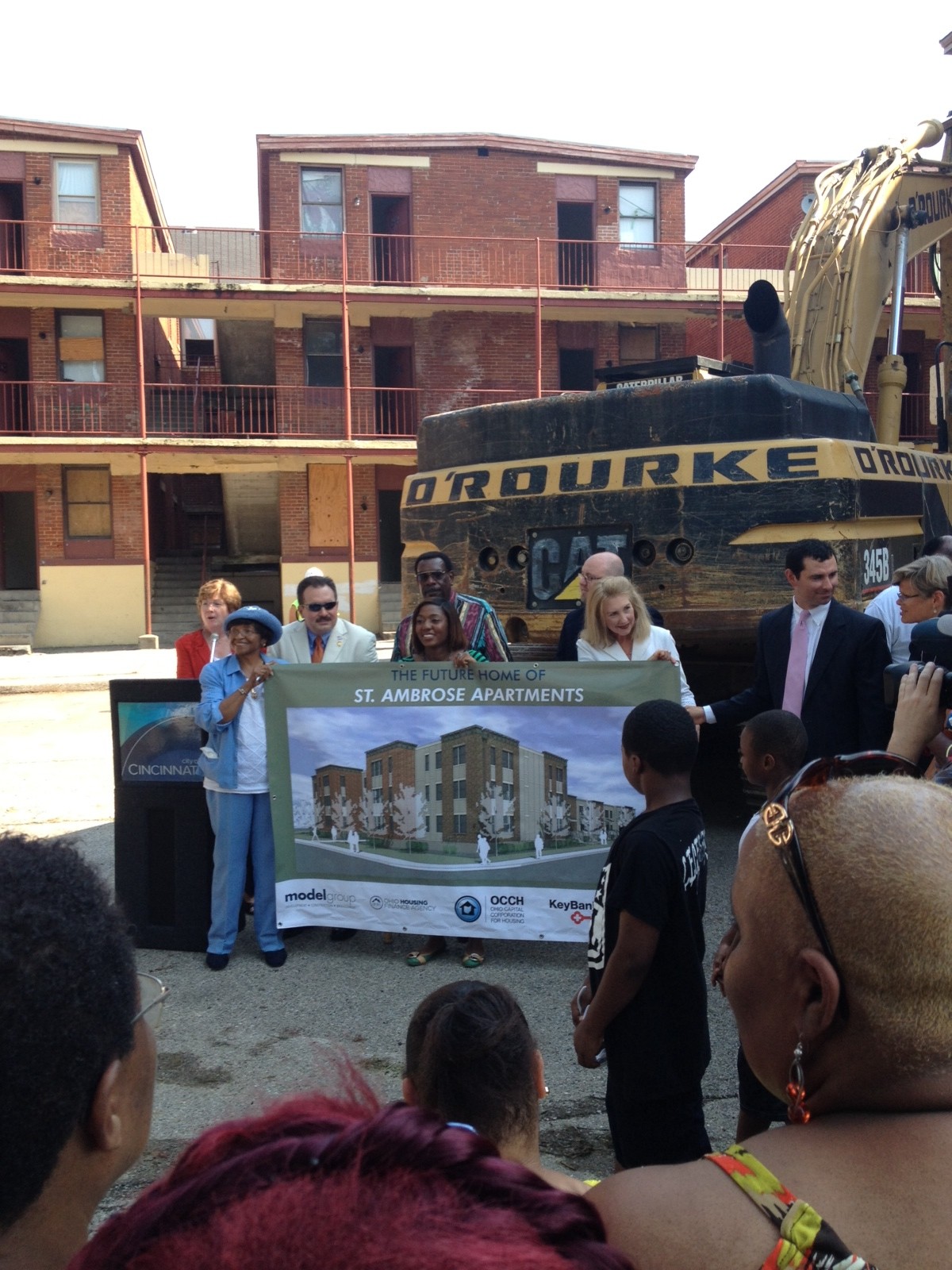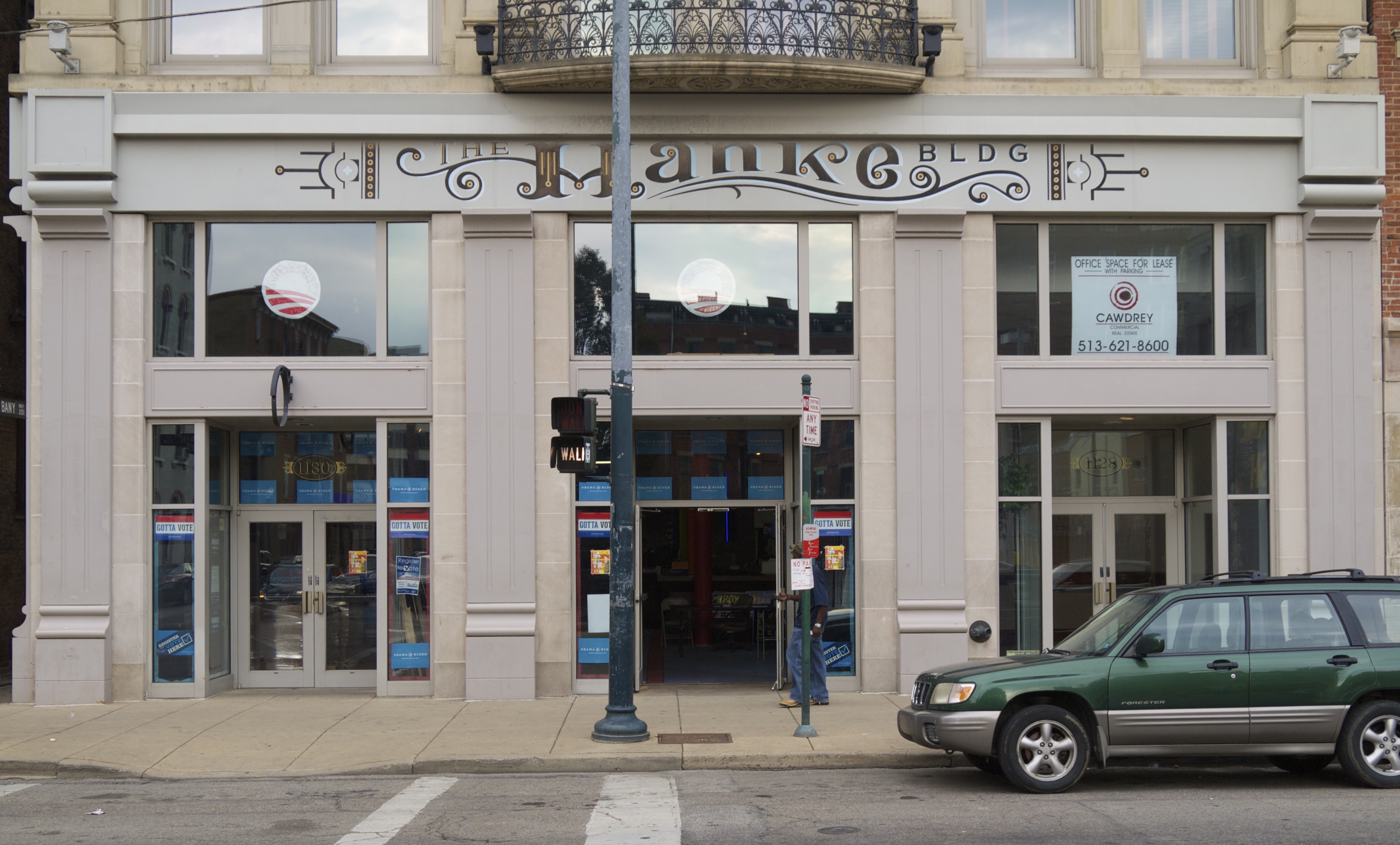More bike/ped money from the feds equals more bicycle commuters.
In most cities, Cincinnati included, all you need to do is look outside to see that the number of people bicycling is on the rise. And perhaps not surprisingly, it turns out that there is a “statistically significant” correlation between per-capita bike-ped funding from the federal government and a city’s bike commute rate. More from Streetsblog Capitol Hill:
Bicycling is at a tipping point in many American cities. Bike-share systems are multiplying rapidly, infrastructure that used to be seen as novel is now commonplace, and commuting rates are growing. There are many explanations for this cultural shift, but here’s one not to be ignored: federal funding.
Georgetown Public Policy Institute student Marissa Newhall posits in her master’s thesis that there is a statistically significant correlation between per-capita bike-ped funding from the federal government and a city’s bike commute rate.
The finding comes at a time when federal bike-ped funding programs are 20 years old and have poured $8.5 billion — a tiny fraction of overall transportation dollars, but not an insignificant sum of money — into reshaping American streets to accommodate non-motorized transportation. But these programs face an uncertain future.

 The apartment building known as St. Leger was built in 1905 and is situated at the intersection of Gilbert Avenue and St. Leger Place. The building has long been known as a problem property in the city, but is now being redeveloped by
The apartment building known as St. Leger was built in 1905 and is situated at the intersection of Gilbert Avenue and St. Leger Place. The building has long been known as a problem property in the city, but is now being redeveloped by 
